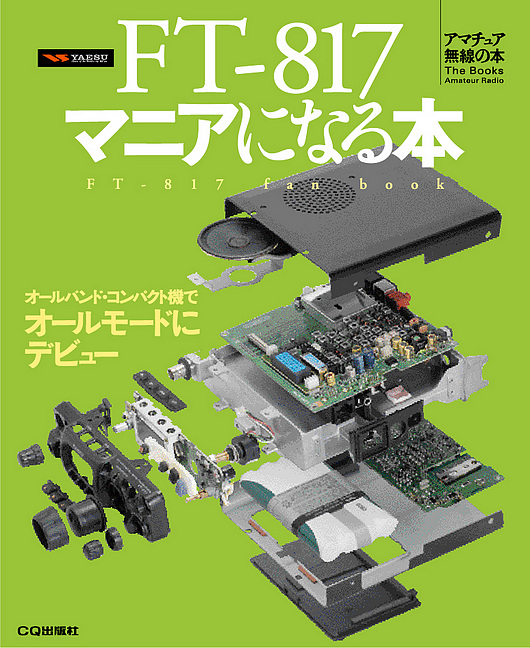Further to my post a few days ago about possible bands to use for a very local "natter link" over a 3km path between G6ALB and here, my thoughts are turning to 160m, partly for nostalgic reasons. This is where I first started my ham radio operating with a small 400mW AM transmitter from Practical Wireless (Dec 67 I think).
Although 160m is VERY noisy now, especially at night, I figure that 100mW AM will be enough to kill the QRM/QRN over such a short distance. So, I am gathering ideas for something incredibly simple to build.
For the TX the most sensible rig would be a crystal oscillator (or ceramic oscillator) followed by a buffer and series modulated PA using the modulation circuit from the 2m AM
Fredbox. On receive, either a regen receiver (operating just out of oscillation) or even an
MK484 (like the ZN414) single chip receiver are worth a try.
This would be no DX rig, just a very basic transceiver to get me into the next village and not much further. I'll keep you posted. Incidentally I am unable to do much building right now as my house is in the middle of some redecoration. I can't find anything!











